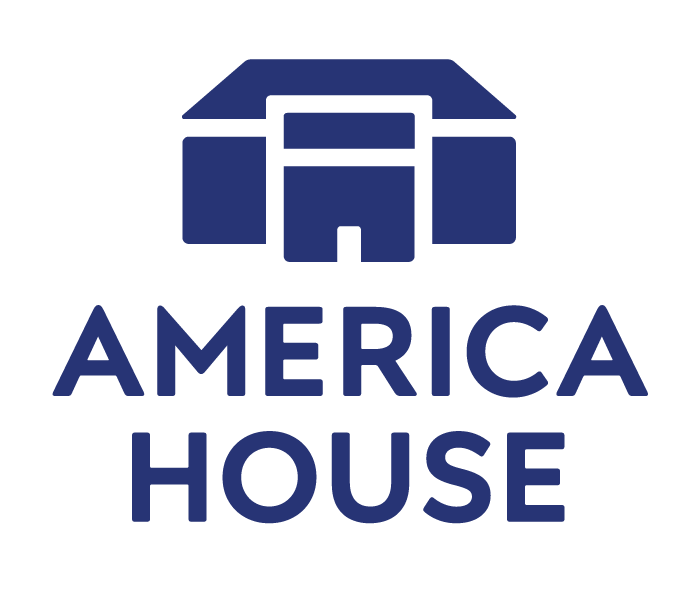Ghosts, Goodies, and Gore: The Haunting History of Halloween
When the warm summer weather starts turning cool and the green leaves begin changing colors, you know fall has arrived! And with fall comes holidays like Halloween. In other words, it’s spooky season!
Throughout October, American households put up decorations to celebrate Halloween. The scarier, the better. Some decorations include faux bats, ghosts, colored lights, characters from horror movies, and creepy crawly spiders and webs.
The Origin
The holiday comes from Samhain, a pagan Celtic festival that celebrated the harvest at the conclusion of summer. People would engage in practices to scare away ghosts, including making fires and donning costumes. Later, Samhain practices were used to celebrate All Saints Day, commemorating religious saints. The night before this day, October 31st, came to be known as All Hallows Eve, which evolved into Halloween.
Halloween we know
Today, during Halloween, children dress up in costumes and go door-to-door for candy, a practice known as trick-or-treating. Some homes hand out miniature pieces, while others are known for giving out full and king-sized candy and chocolate bars. Children actively communicate with one another, sharing and receiving the lowdown on the homes that distribute the best and largest pieces. Trick-or-treaters also tend to trade candy if they’re hoping to improve their current stashes.
Trick or treat
Some believe that trick-or-treating comes from Samhain traditions when people may have left food for spirits to eat. Eventually, celebrants began to decorate themselves like these spirits and would receive food and beverage in exchange. Others speculate that “belsnickeling,” a tradition practiced during Christmas by German Americans was an early form of trick-or-treating. Children would dress up as characters and have their neighbors guess who they were dressed as. In one form of this practice, if the neighbors could not figure out the costumes, they would give the children treats for outsmarting them.
According to Medieval Christian belief, on the night prior to All Saints Day, people visited the homes of the rich and prayed for members of the family who had died recently. Participants believed this increased the chances that souls would find salvation in the afterlife. In return, the family shared beer and food with visitors. Visiting homes was a tradition that lasted, and by the mid 19th century, immigrants from Scotland and Ireland brought the practice to the United States. Halloween celebrations were first popularized among college students. And in the early 20th century, places like charities and high schools organized Halloween celebrations and festivities. During this time, people also created how-to manuals on hosting events like these.
Today, some children have parties, inviting friends to share in goody bags, sweet treats, and fun activities. Others host sleepovers and watch horror movies. Teenagers and young adults have their own get-togethers and events tend to be Halloween-themed where attendees come dressed in costume.
Jack-o'-lantern
Photos: Library of Congress
People of all ages also carve jack-o’-lanterns, a tradition based on a story about a man who kept kidnapping the devil. The man, known as Jack, only agreed to surrender the devil if he promised that Jack would not go to hell. After his death, Jack discovered that he was not welcome in heaven either and was destined to forever roam about earth. To help him out, he only possessed a piece of burning coal in a hollowed out turnip as a lantern. Because of this story, people carved faces on their own turnips to scare away bad ghosts, an early form of the jack-o’-lantern.
When Irish immigrants brought the tradition to the U.S., they made theirs out of pumpkins because of their native availability.
People continue to carve jack-o’-lanterns out of pumpkins today. Many begin by cutting off the tops and scooping out the innards. They then draw and carve their chosen faces in the pumpkins. Some throw away the seeds inside while others save and dry them. Pumpkin seeds can be seasoned and roasted. They make for good Halloween snacks on the night of celebration and for weeks afterwards!
Halloween has a long and rich history of celebration. While it did not originate in the United States, its traditions have been kept alive in the U.S. through practices like trick-or-treating and carving jack-o’-lanterns. Today, it remains an exhilarating holiday for many young people!
Vocabulary List:
Faux (noun): fake
Pagan (adjective): describes religious ideas outside of the major or popular religions
Celtic (adjective): connected to the Celts, a categorization including people who are Irish, Scottish Gaelic, Cornish, Welsh, etc.
Conclusion (noun): end
Donning (gerund): to put on
Saints (noun): Christian religious figures acknowledged for their service after death
Lowdown (noun): inside information
Stashes (noun): collections
Speculate (verb): to theorize the without full support of evidence
Prior (adjective): before
Salvation (noun): the achievement of life after death, acceptance into heaven
Hollowed out (verb particle): having made something empty
Innards (noun): inside portions, guts
Afterwards (adverb): later
ABOUT THE AUTHOR
Phoebe McChesney is a student at Oberlin College in the United States, majoring in Politics. She has interned in the U.S. House of Representatives and served as a Page in the U.S. Senate. Phoebe would love to work in Congress, with a federal agency, or on foreign policy and international relations one day. She is a blogger for her college and is interested in America House Kyiv’s Ukraine-American work.






